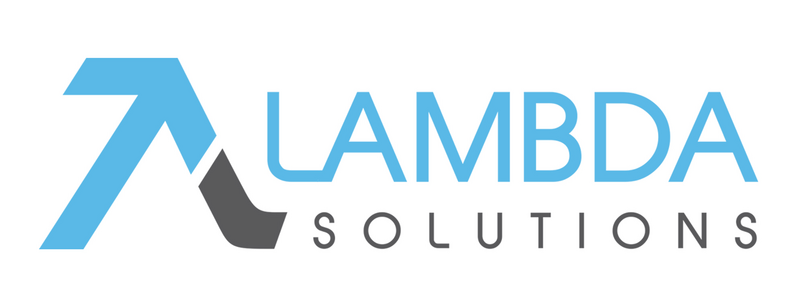Professional Partner Content
Your 3-Step Framework to Drive Learner Engagement
Published Tue Oct 02 2018

Reinforcement, the process of strengthening a behavior, is a crucial guiding concept for your learning management system (LMS) content. You can't expect your audience to change the way they do things on a daily basis if you simply present information to them. You need to adopt an approach that addresses the four reinforcement gaps and follows a three-step framework to improve learner engagement rates.
Identify Reinforcement Goals With These Four Strategies
There are four possible obstacles to achieving optimal learning management system (LMS) engagement. Identify which of the following gaps need to be addressed to improve retention and usage rates of your LMS content:
Knowledge and Skills: Review the content delivered via your LMS. Is the information still relevant? Does the audience possess the prerequisite knowledge needed to absorb new information? Keep in mind that information and skills are two different elements of learning. Does your audience possess the necessary skills to act on what they learn?
Motivation: LMS engagement analytics can reveal low interest levels from your audience. You can boost motivation by breaking down training sessions into shorter modules, giving your audience plenty of opportunities to use new skills and knowledge, and making training as interactive as possible.
Environment: The environment is often neglected when designing training material. Make sure your audience receives new information in a setting where they can focus on learning. Use feedback to get an idea of how your audience felt about the learning environment.
Communication: Use plain language and rely on practical examples when delivering new information. Poor performance revealed by LMS engagement analytics can be a sign that there is a problem with the way the instructor communicates with the audience.
Follow This Three-Step Framework to Drive Learner Engagement
Preparation: Identify the reinforcement goal. Either a skill or knowledge gap will need to be addressed before you can move on to finding the right environment for delivering training material. As part of the preparation process, you can gather feedback from your audience or review existing training resources.
Action: Once goals have been identified, you can decide on the strategies best suited to achieve them. You might need to design new training material that is broken down into smaller sections and add new modules geared to creating a more social or participatory experience.
Maintenance: Have you achieved your reinforcement goal? Analytics are crucial for the maintenance step of the behavior change process. You can use tests to measure the outcome of a training session, but you will need to keep gathering insights over time to see how well the audience retained the information. LMS reporting tools such as Zoola can help you assess whether your audience achieved the reinforcement goal in the long term.
Getting an audience to change a behavior is a constant moving target as a chief learning officer, trainer, or instructional designer. You can increase your hit rates by addressing the four reinforcement gaps and by following the three-step framework to rethink your training material and how it is delivered. Learn to make data-driven decisions with your learning analytics tools to pinpoint reinforcement gaps that need to be addressed, measure engagement, and generate enough friction to drive long-term behavior change.
More from ATD


